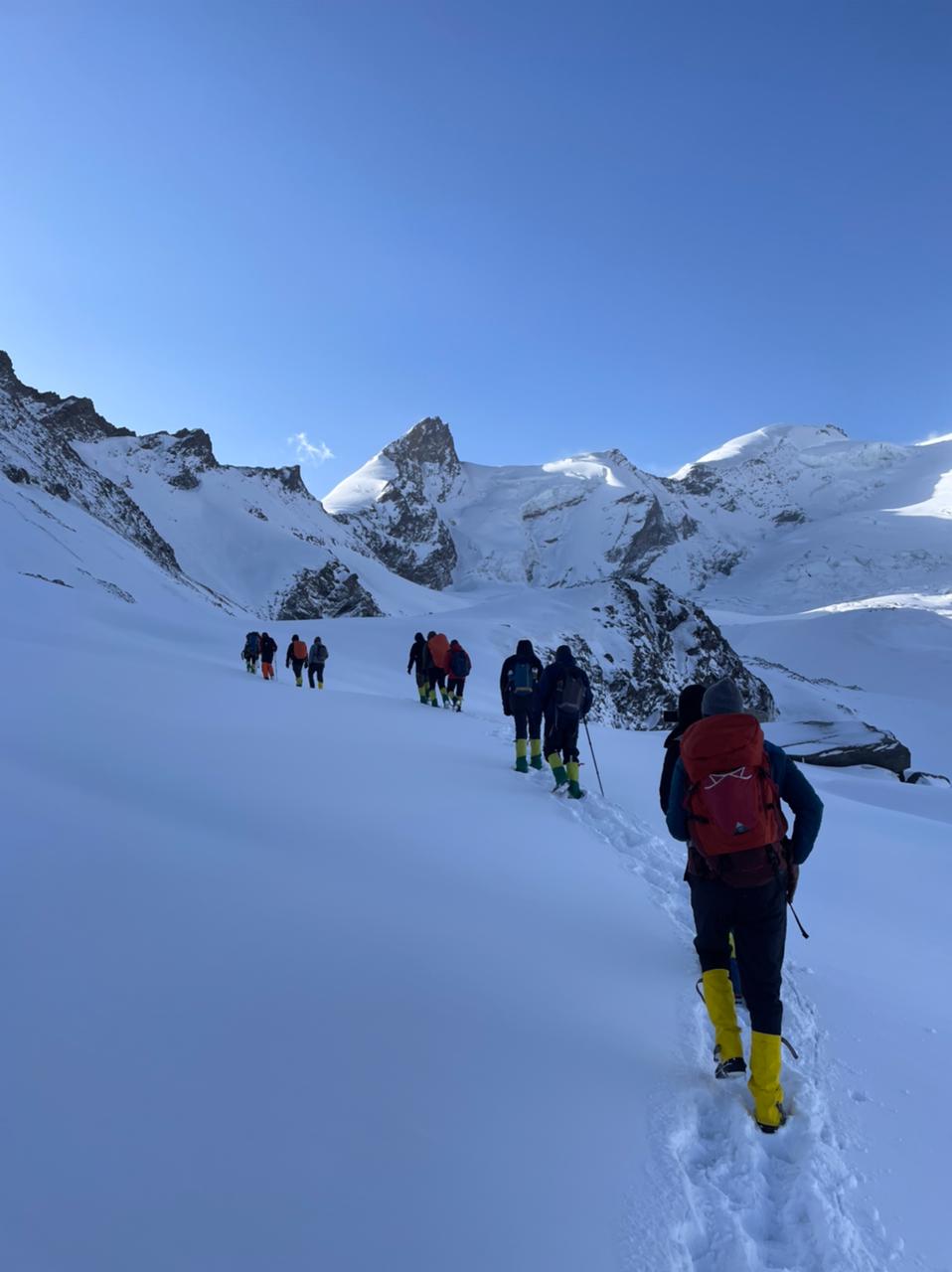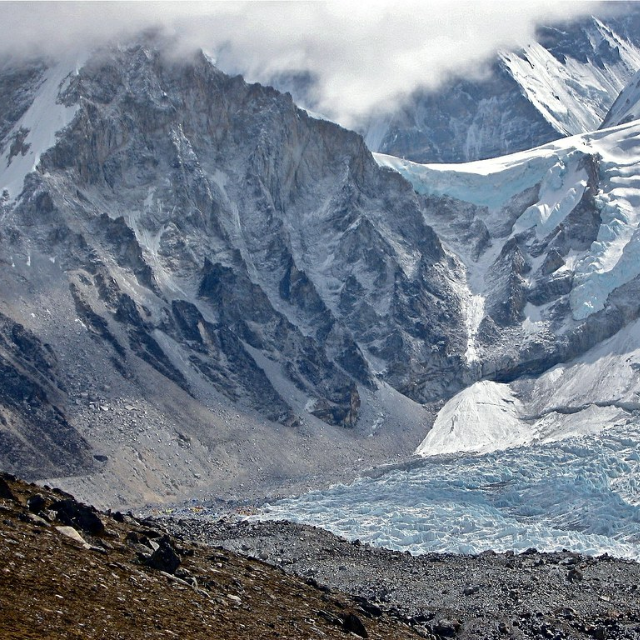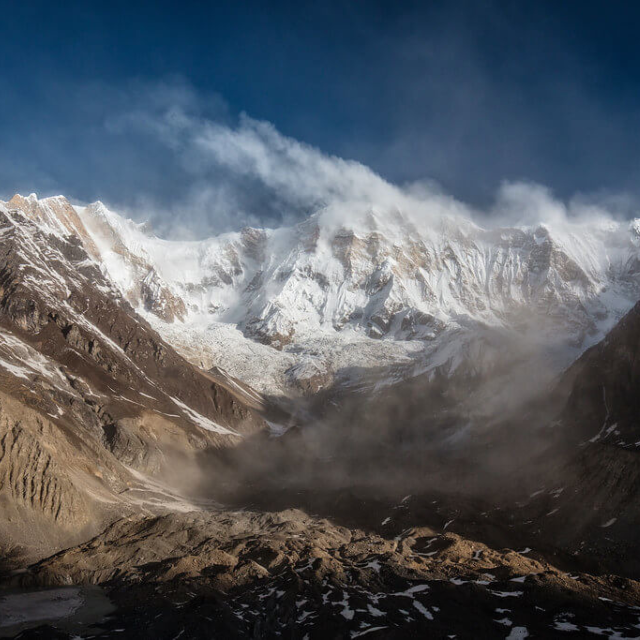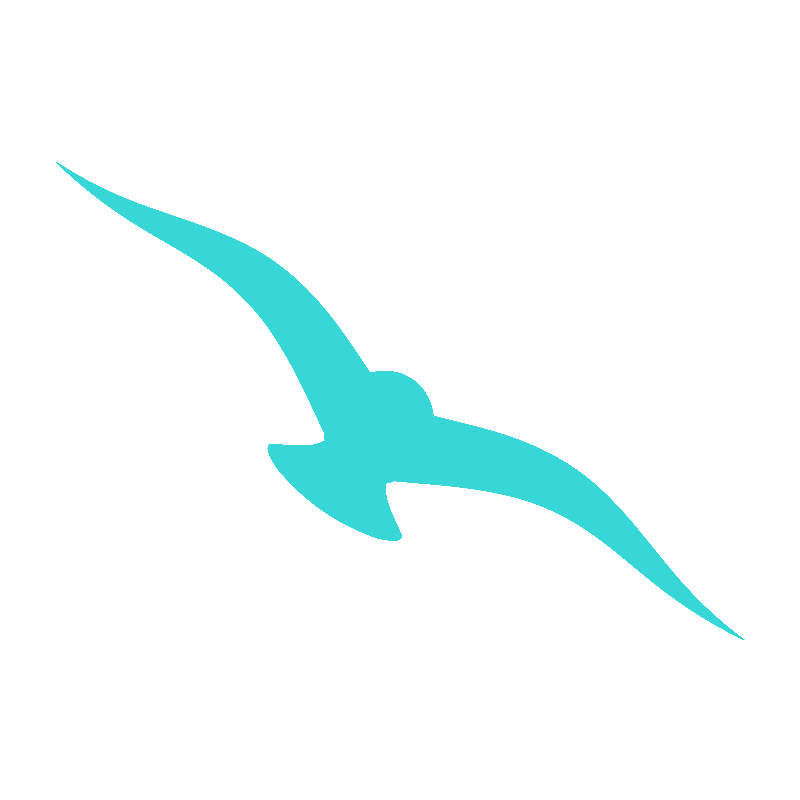
Gokyo Lakes Trek
13 Days
95 Km
17,988 FT
18+
Difficult
The Gokyo Lakes Trek is a breathtaking journey through the stunning turquoise lakes of Gokyo in the Everest region. This trek is a quieter yet equally spectacular alternative to the Everest Base Camp Trek, offering unmatched views of Mount Everest, Cho Oyu, Makalu, and Lhotse. Trekkers explore the highest freshwater lake system in the world, experience Sherpa culture, and hike up Gokyo Ri (5,357m) for one of the best panoramic views in the Himalayas.
Why This Trek?
- Stunning Glacial Lakes: Witness the pristine, turquoise-blue waters of the Gokyo Lakes, the highest freshwater lakes in the world.
- Less Crowded Than EBC: Enjoy a peaceful trekking experience with equally stunning Himalayan views.
- Panoramic Views from Gokyo Ri: Get a 360° view of Everest, Cho Oyu, Lhotse, and Makalu from one of Nepal’s best viewpoints.
- Ngozumpa Glacier: Nepal’s Largest Glacier: Trek alongside the longest glacier in the Himalayas.
- Rich Sherpa Culture: Experience traditional Sherpa villages, Buddhist monasteries, and unique Himalayan traditions.
Included/Excluded
Select Dates
Guest in maximum
BOOK NOWItinerary for
Gokyo Lakes Trek
Day 1

Day 2
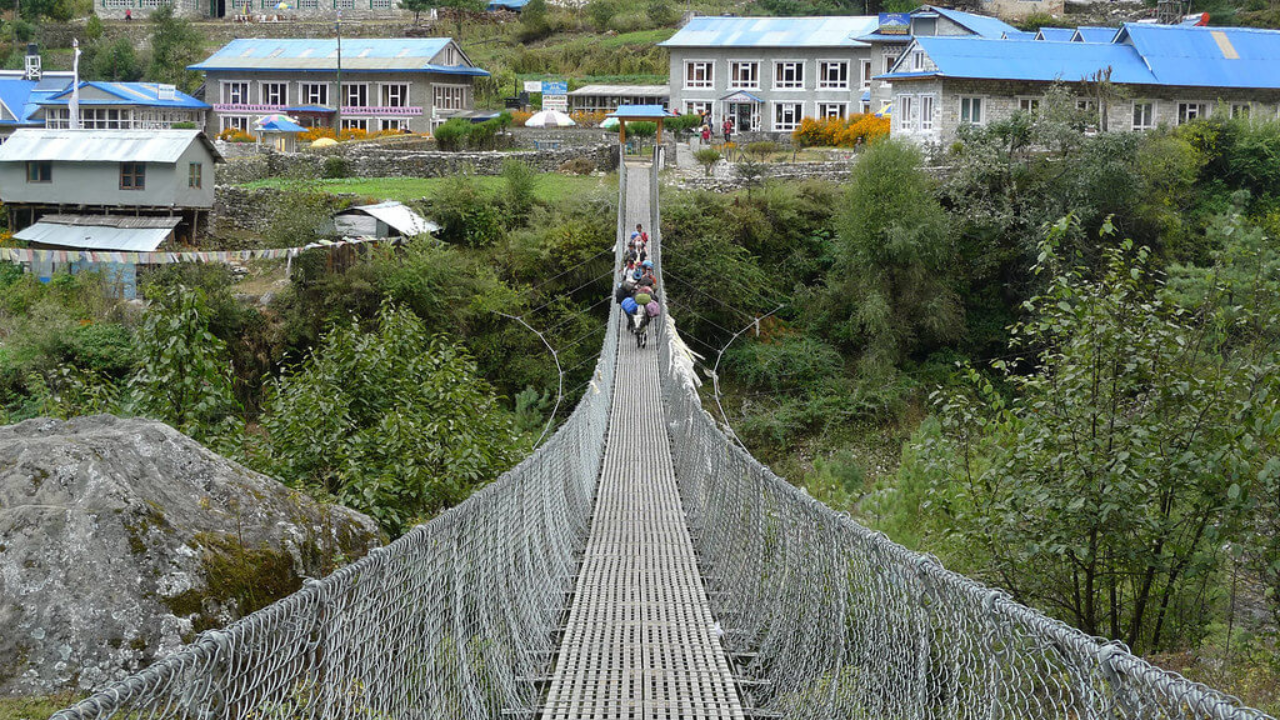
Day 3
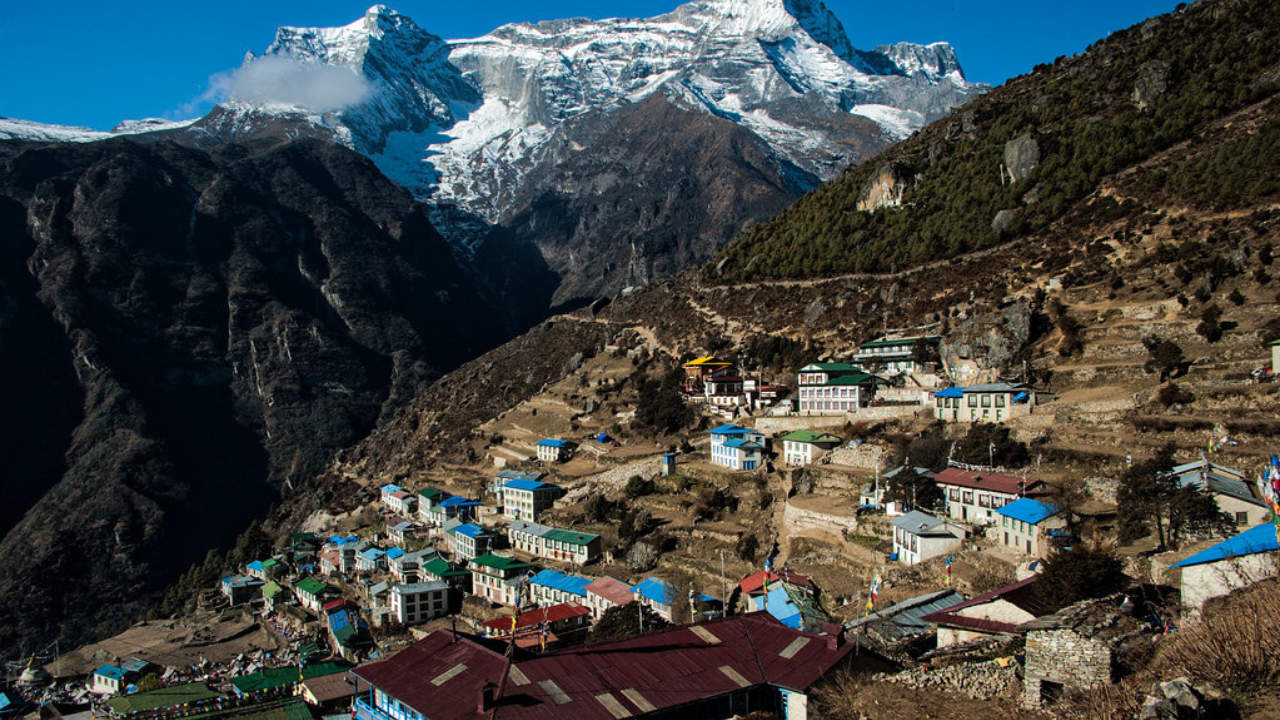
Day 4
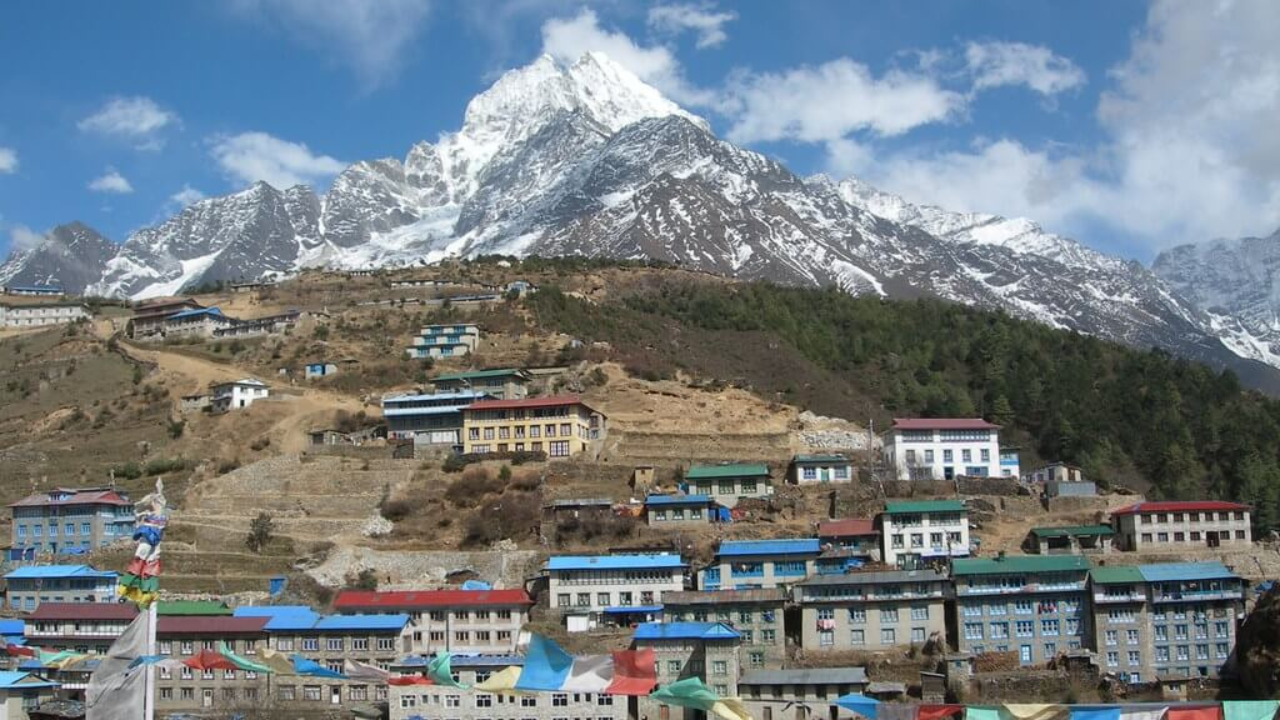
Day 5

Day 6
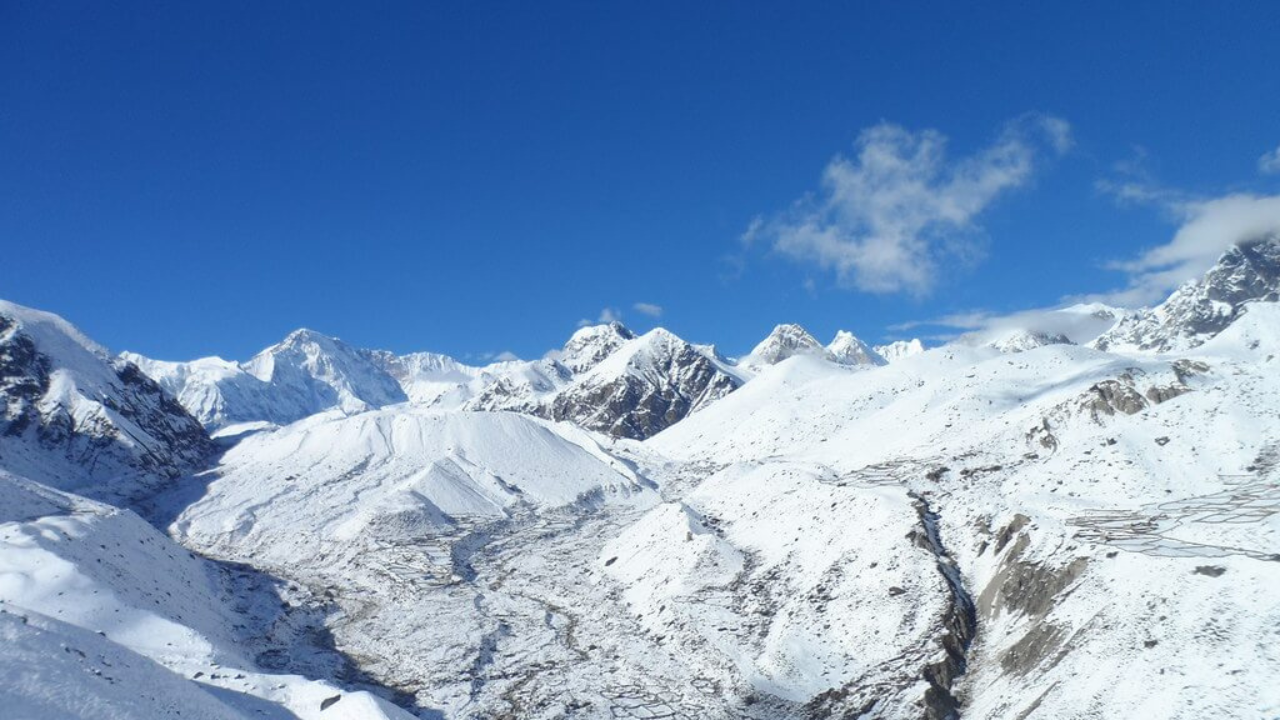
Day 7
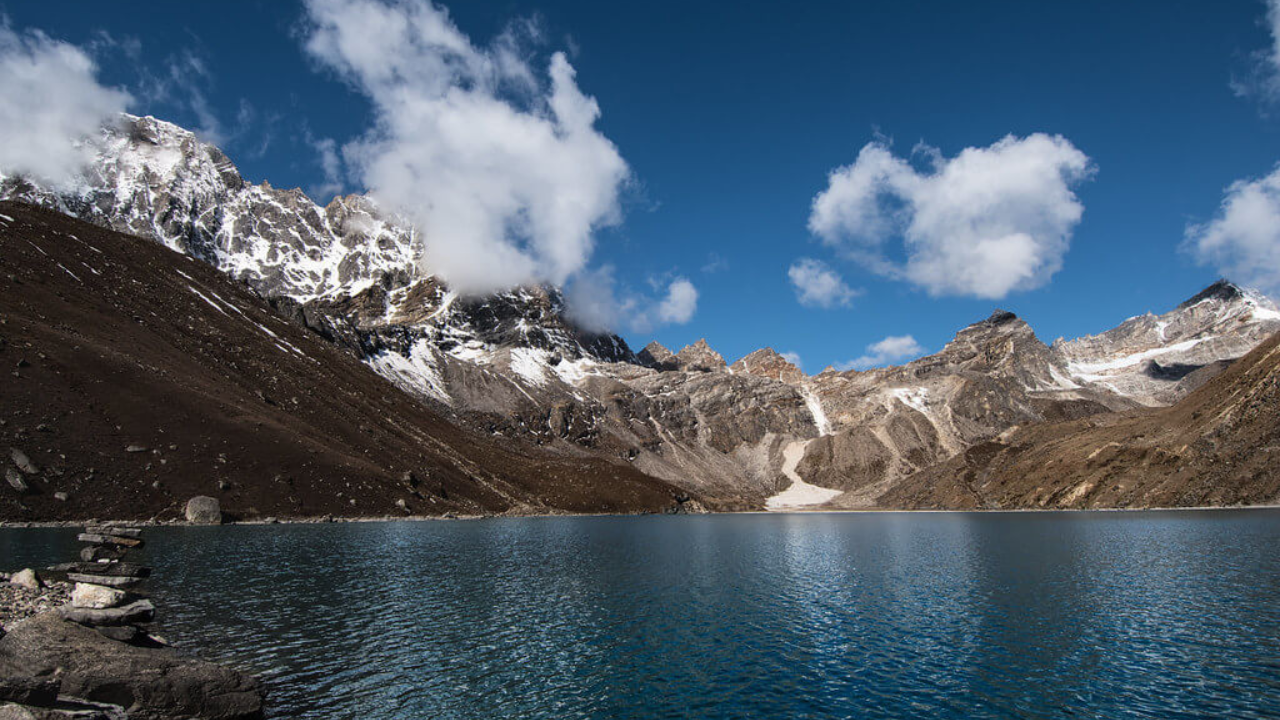
Day 8

Day 9

Day 10
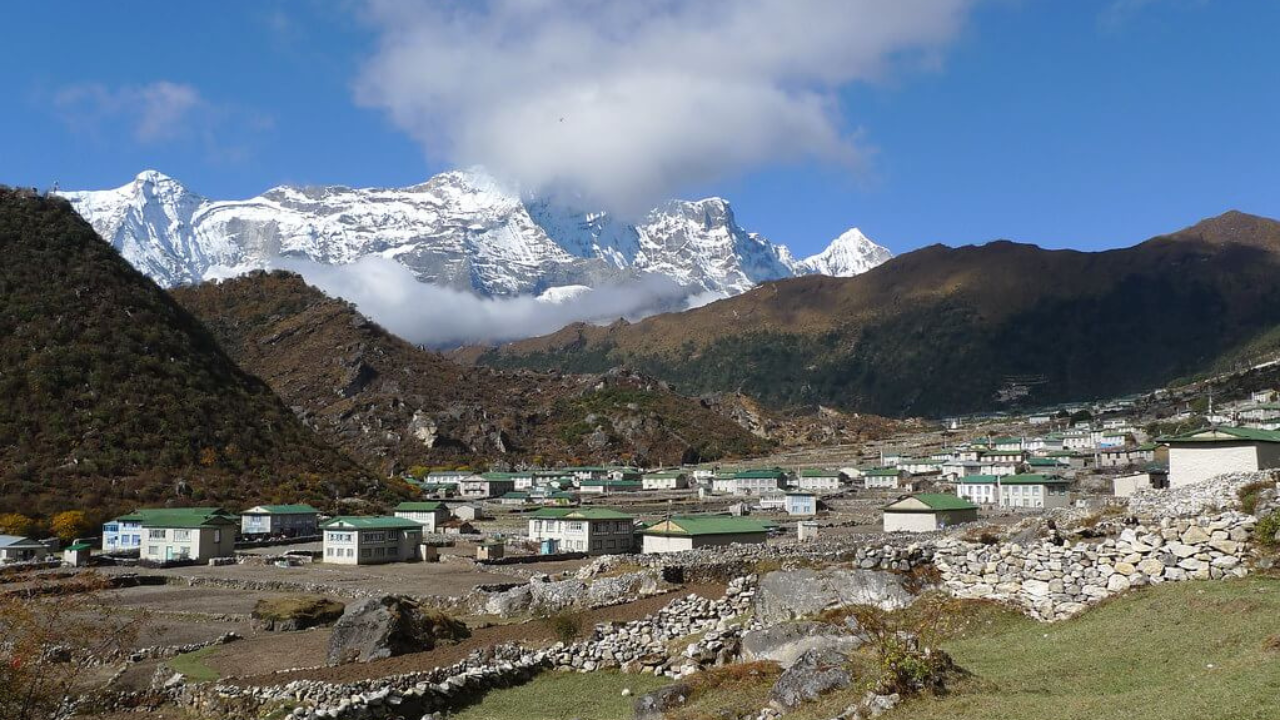
Day 11

Day 12

Day 13
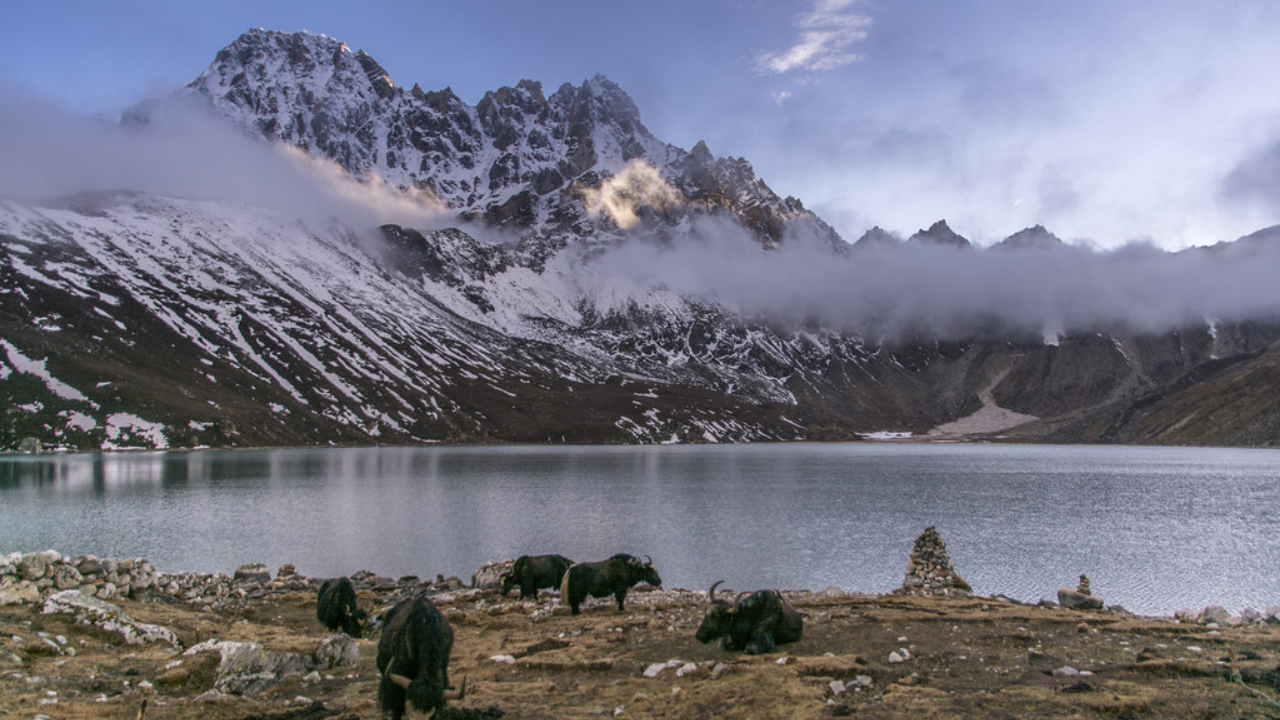
Complete Gokyo Lakes Trek Information
The best time for the Gokyo Lakes Trek is March to May (spring) and September to November (autumn). Spring (March-May) offers blooming rhododendrons and clear skies, while autumn (September- November) provides crisp air, stunning mountain views, and stable weather. Winters (December-February) bring heavy snowfall, and monsoon (June-August) makes trails wet and difficult to navigate.
Traveling from India to Kathmandu, Nepal, is convenient and offers multiple options, including flights, road trips, and train connections. Here’s how you can reach Kathmandu from different parts of India:
By Air (Fastest & Most Convenient Option)
Direct flight from India is the easiest and fastest way to reach Kathmandu. Tribhuvan International Airport (TIA) in Kathmandu is well-connected with major Indian cities like Delhi, Mumbai, Kolkata, Bangalore, and Varanasi. Major airlines such as Air India, Nepal Airlines, and IndiGo operate regular flights, with Delhi to Kathmandu being the most frequent route (approx. 1.5-hour flight).
By Road (Budget-Friendly & Scenic Option)
If you prefer a road trip, you can travel from India to Nepal by bus or private vehicle via the following border crossings:
-
Sunauli-Bhairahawa (from Gorakhpur, Uttar Pradesh): The most popular and well-connected route.
-
Raxaul-Birgunj (from Patna, Bihar): Another major entry point with train connectivity.
-
Panitanki-Kakarbhitta (from Siliguri, West Bengal) : Ideal for travelers from East India.
-
Banbasa-Mahendranagar (from Uttarakhand): Suitable for those from North India.
-
Daily Delhi-Kathmandu luxury buses operate via Gorakhpur-Sunauli, taking about 24-30 hours to reach Kathmandu.
By Train + Road (Cheapest Option)
There is no direct train from India to Kathmandu, but you can take a train to Gorakhpur (UP) or Raxaul (Bihar) and then continue by road.
-
From Gorakhpur, take a bus or shared taxi to Sunauli border, then another bus to Kathmandu (7-8 hours).
-
From Raxaul, cross the border into Birgunj, then take a bus/taxi to Kathmandu (6-7 hours).
Pack smart, trek safe!
Ensure you're prepared for every adventure with this essential checklist of gear and supplies. Whether you're a beginner or a seasoned trekker, the right equipment makes all the difference. Download checklist's pdf here
Basic Gear
| Backpack with Rain Cover | (40 - 50 ltr) Comfortable Shoulder Straps |
| Day pack with Rain Cover | 20 - 30 ltr (If off-load opted) |
| Walking stick | Advisable (At least one) |
| Water Bottle / Hydration pack | 2 Bottles(1 liter each), Hydration Pack 1 (Pack) + Bottle |
| Small size tiffin/lunch box | 1 Nos |
| Snacks | Energy bars, dry fruits, electral/ors |
| Personal Medical Kit | Consult your doctor |
Clothing
| T-Shirt (Synthetic quick dry) | 1 Full & 1 Half sleeves |
| Fleece T-shirt | 1 Nos |
| Wind stopper / Fleece jacket | 1 Nos |
| Windproof Jacket | 1 Nos |
| Down feather / Hollow jacket | 1 Nos |
| Thermal inner (Upper and Lower) | 1 Nos |
| Trek Pant (Synthetic quick dry) | 1 Nos |
| Wind stopper / Fleece Pant | Not required |
| Waterproof gloves | Not required |
| Fleece / woollen gloves | 1 Pair |
| Poncho / waterproof Jacket and pant | 1 Nos |
Head Gears
| Head torch | 1 Nos. (Avoid Hand torch) |
| Sun cap | 1 Nos. (One that covers the neck as well) |
| Woolen cap | 1 Nos. |
| Balaclava | Not required |
| Buff / Neck-gaiters | 1 Nos |
| Sunglasses | UV with dark side cover, People who wear spectacles - (A)- Use contact lenses | (B)- Photo chromatic glasses |
Foot Gears
| Trekking shoes | 1 Pair (Waterproof, high ankle with good grip) |
| Floaters / flip-flops | 1 Pair |
| Cotton socks | 6 pairs |
| Woollen socks | 1 pairs |
| Gaiters | 1 Pair (provides when required) |
| Micro spikes | 1 Pair (provides when required) |
Personal Utilities
| Sunscreen cream | 1 Nos |
| Moisturiser | 1 Nos |
| Chap-stick / Lip balm | 1 Nos |
| Toothbrush and toothpaste | 1 Nos |
| Toilet paper & Wipes | 1 Nos |
| Soap / hand sanitizers | 1 Nos |
| Antibacterial powder | 1 Nos |
| Quick dry towel | 1 Nos |
At Scoutripper, we understand that plans can change. You can reschedule your booking up to 24 hours before your experience begins. Changes are subject to availability and any applicable price adjustments. Rest easy knowing your adventure is flexible!
At Scoutripper, we value flexibility but also adhere to clear cancellation guidelines:
- Full Refund: Cancel at least 6 full days before the experience starts.
- 50% Refund: Cancel between 2 and 6 full days before the start time.
- No Refund: Cancellations made less than 2 full days before the experience start time will not be refunded.
Additionally:
- Changes are not accepted less than 2 full days before the experience begins.
- Cut-off times are based on the local time of the experience.
- Some experiences require a minimum number of participants. If the minimum isn’t met, you’ll receive a full refund or the option to reschedule.
Enjoy peace of mind with our clear and transparent policies!
Mobile Network & Internet:
-
Mobile network available up to Dole but becomes weak afterward.
-
Ncell & Nepal Telecom SIMs provide connectivity in Namche Bazaar, Dole, and Gokyo, but signals are spotty.
-
Wi-Fi is available at tea houses but expensive (NPR 500–1,000 per use).
-
Best option: Buy a Ncell or Nepal Telecom SIM in Kathmandu for better connectivity.
ATMs & Cash Availability:
-
Last ATM: Available in Namche Bazaar, but cash often runs out.
-
Best option: Withdraw enough cash in Kathmandu before starting the trek.
-
Carry at least NPR 15,000–20,000 for expenses like food, Wi-Fi, and charging.
Electricity & Charging Points:
-
Charging is available at tea houses but it is costly.
-
Charging cost: NPR 500–1,000 per charge at higher altitudes.
-
Solar charging is available but depends on weather conditions.
-
Carry a power bank (10,000–20,000mAh) to reduce dependency on paid charging.
FAQs about
Gokyo Lakes Trek
The Gokyo Lakes Trek is a moderate to challenging trek due to its high altitude and steep ascents. The trek reaches up to 5,357 meters at Gokyo Ri, requiring good fitness and proper acclimatization. While it is slightly easier than the Everest Base Camp trek, the altitude and remote trails make it demanding.
The best time to trek is during spring (March to May) and autumn (September to November) when the weather is stable, the skies are clear, and the views of the turquoise lakes and Himalayan peaks are breathtaking. Winter (December to February) can be very cold, and the monsoon season (June to August) makes trails wet and slippery.
Yes, trekkers need two main permits: Sagarmatha National Park Permit Khumbu Pasang Lhamu Rural Municipality Permit These permits can be obtained in Kathmandu or Lukla. Unlike restricted treks, no special permit is required for Gokyo Lakes.
The trek starts from Lukla, which is reached by a 30–40 minute flight from Kathmandu. From Lukla, trekkers follow the classic Everest trail before branching off toward Gokyo. Flight delays due to weather are common, so having a flexible schedule is important.
The highest point is Gokyo Ri (5,357 meters / 17,575 feet), which offers one of the best panoramic views of Mount Everest, Lhotse, Makalu, and Cho Oyu. The climb to Gokyo Ri is steep but rewarding.
Yes, since the trek reaches high altitudes, altitude sickness can be a concern. Proper acclimatization days, slow trekking, hydration, and avoiding alcohol help prevent altitude sickness. Symptoms like headaches, dizziness, and nausea should be taken seriously, and descending is necessary if they worsen.
Teahouses along the trail offer basic but comfortable rooms with shared bathrooms. The facilities are simpler in higher areas, and hot showers, Wi-Fi, and charging points are available at an extra cost. The teahouses in Gokyo provide beautiful lake views, making for a memorable stay.
Teahouses serve Nepali, Tibetan, and basic Western food, including dal bhat (rice and lentils), noodles, momos (dumplings), Tibetan bread, pancakes, eggs, and soups. Prices increase as you go higher due to transportation challenges.
Compared to the Everest Base Camp Trek, the Gokyo Lakes Trek is less crowded, making it a great alternative for those seeking a quieter and more scenic experience in the Everest region. The trail is still popular during peak seasons, but fewer trekkers visit Gokyo than EBC.
The cost varies depending on whether you trek independently or with a guide. On average, it costs between $1,200 to $2,500, including permits, flights to Lukla, accommodation, food, guide/porter fees, and other expenses. Trekking solo can reduce costs, but hiring a guide enhances safety and navigation.


